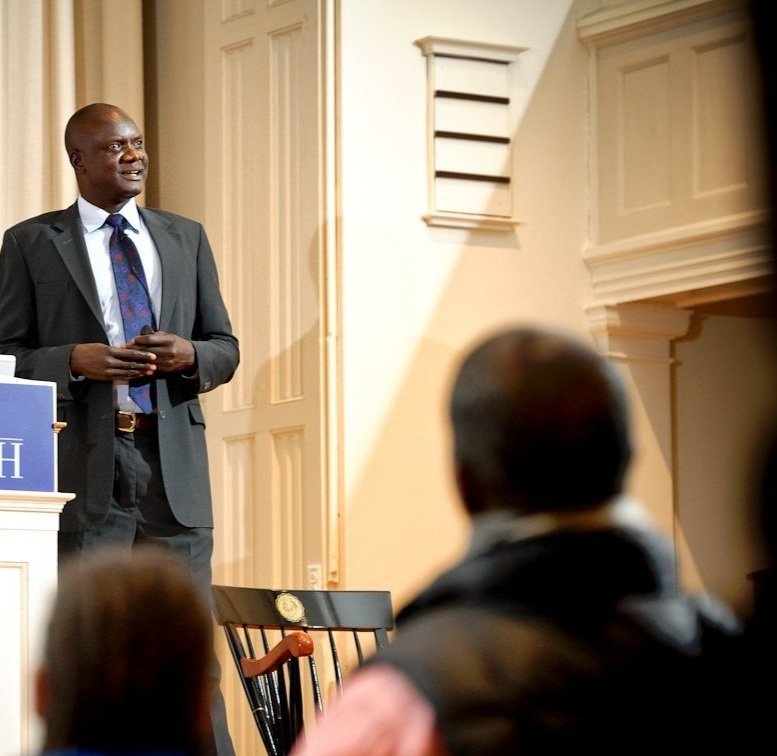Concussions pose enormous risk for athletes
Jonathon Smith
Technology has greatly expanded modern medicine’s understanding of the human body.
The one organ that still largely defies understanding, is the brain. Injuries to the most important piece of the body are largely untreatable.
That is why many contact sports require players to wear helmets. The value of a helmet can not be understated.
I discovered the importance of wearing a helmet just a week ago while snowboarding. As I slowed down and started to make my turn, I was blindsided by a skier from behind.
The head-to-head impact was enough to send us both tumbling 30 feet down the hill, but for me the injuries were minor because I was wearing a helmet. The skier on the other hand was not wearing one, and I had to wake him out of unconsciousness.
He didn’t even remember hitting me. I didn’t know the person, so I have no idea how the next few days were for him, but my guess is that he suffered at least mild concussion symptoms. Simply wearing a helmet could have prevented this.
Another sport that doesn’t require helmets is cycling. It tops the list of sports related head injuries, accounting for nearly a quarter of all sports related brain trauma treated in hospitals. If all cyclists wore a helmet, the Consumer Product Safety Commission (CPSP) estimates claim that 85 percent of brain injuries would have been prevented.
Clearly, wearing a helmet can significantly reduce the chances of serious brain trauma. What if the helmet isn’t doing its job though? Football requires a player to wear a helmet, and yet it still manages to float around the top of the list.
In 2008, the CPSP reports that US hospitals treated 40,825 people for football related head injuries, only second to cycling.
Notably, there are a number of factors that contribute to this. The sport is violent by nature. Bone crushing hits are glorified by coaches and television. “ESPN’s Top 10” is filled with them on Sunday and Monday.
Also, young players often forget proper technique when making tackles, leading with their head down, dramatically increasing the risk of brain injury.
Both of these factors are forgivable though. Everyone understands that big hits are a part of the game, and instinct can be hard to overcome for a young player that is still learning technique.
What baffles the mind is why the current helmet technology has come so far, yet ignores the most simple but effective solution to head injuries.
Interestingly, even with all of the recent innovation in concussion prevention, high impact collisions are not absorbed much more effectively than before.
Helmets such as the Xenith only see significant differences in mild contact. Violent collisions force air in the shock absorbers to disperse too quickly, stiffening them, and causing it to perform very similar to a standard helmet.
The solid shell on the exterior of the helmet does a poor job of absorbing the impact. While it does a good job of spreading the force of impact over a greater area, much of the impact is still transfered to the brain through the soft cushioning on the inside.
Mark Kelso of the Buffalo Bills wore a ProCaps foam cover over his helmet in the ’90s, and never experienced a concussion in his career.
The foam absorbs much of the force before it ever reaches the hard shell. Significantly less force is transferred to the brain and spine. Most players didn’t like how the cover looked though, and sadly, it never caught on.
Football will always be a dangerous sport, but it doesn’t have to be as deadly as it is. High schools and colleges should require these soft shells as a cheap and highly effective alternative to buying the latest helmet technology.
For the same reason that bikers should always wear helmets, safety should override fashion. If they were mandatory, the fashion taboo would disappear. It’s not like players don’t look goofy running around in tights anyway.









